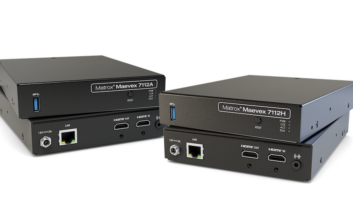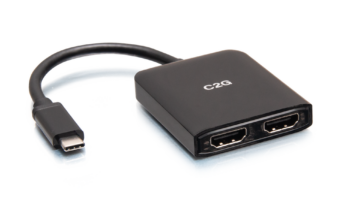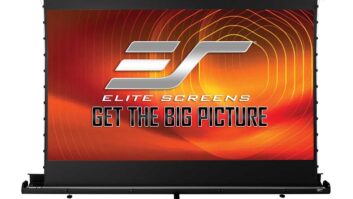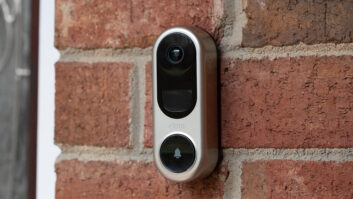New York — Hailing it as one of the marquee innovations in the company’s 70-year history, Texas Instrument’s president/CEO Rich Templeton introduced the company’s new “DaVinci” DSP technology for use in digital video devices.
The technology, which includes signal processors, software and tools designed to give manufacturers a turnkey video solution, aims to do to digital video what digital technology has done to music, Templeton said. The result, he added, would be smarter end-user devices ranging the gamut from digital still cameras, IP video phones, cable set-top boxes and portable viewers.
While no specific DaVinci-enabled devices were announced, executives from Kodak, Samsung and Microsoft were quoted as supporting the technology. TI will have DaVinci sample chips and software development tools ready by the end of this year.
Some of the benefits of the new video chips will impact digital still cameras, Templeton said, giving cameras the ability to automatically correct color and lighting. Other benefits will flow to set-top boxes, allowing a single box to play and record TV while simultaneously video conferencing and viewing networked security cameras.
“What we’ve done is built out the rest of the system” of video DSPs, said Greg Delagi, DSP Systems’ VP, Texas Instruments. Rather than discrete parts, DaVinci is a wide-ranging suite of products tailored to different product segments that share a common set of standards for improved interoperability, he added. Since the software sold with the chips incorporates all the current and expected alphabet soup of audio, video and still image codecs, DaVinci devices will — in theory — be able to interoperate seamlessly.
For VoIP, DaVinci means not only better videophones but better sound quality as well, noted William Simmelink, packet voice and video business unit general manager, Texas Instruments.
“We can achieve true ‘CD quality’ sound on a voice call, [and] sound better than what you would get with a regular telephone line,” Simmelink said.













